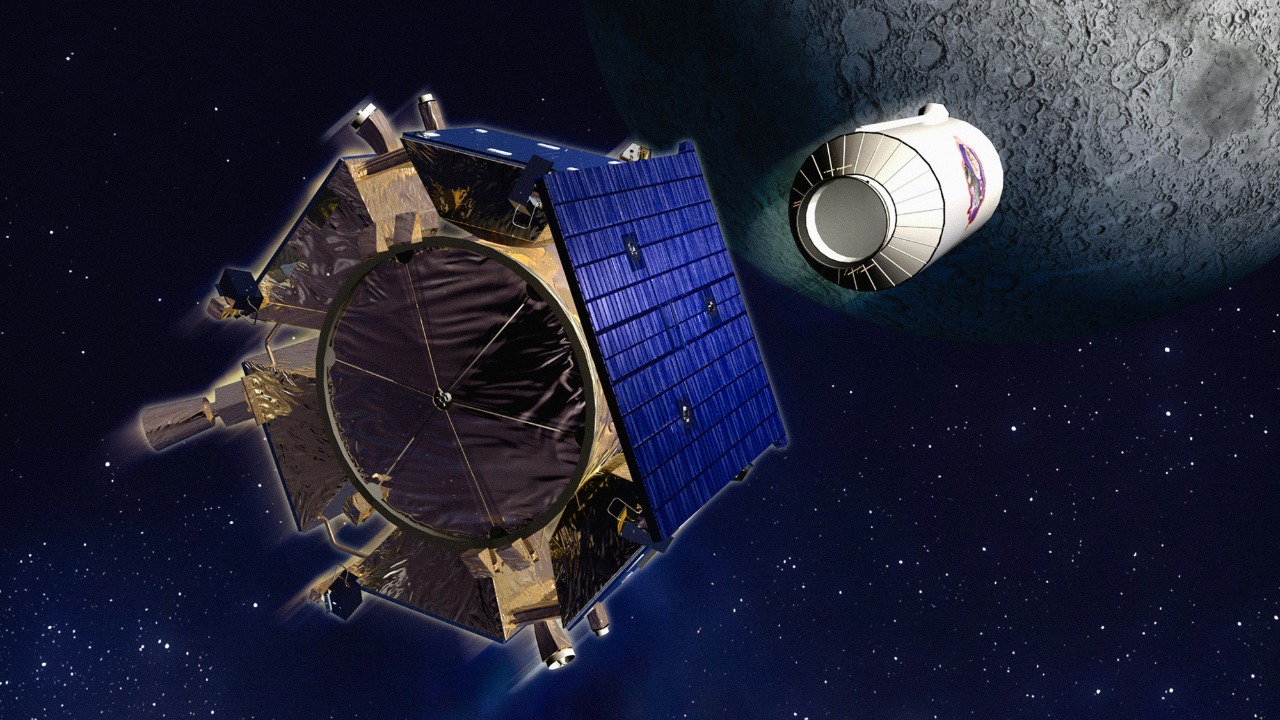
NASA’s Artemis program, aiming to land the first woman and the next man on the Moon by 2026, is banking on SpaceX’s Starship. However, this ambitious mission may require up to 40 orbital refueling launches to transport the necessary propellant for a round trip to the Moon. This strategy is part of a broader plan to outpace China’s planned manned lunar mission by 2030, reestablishing the U.S. as the leader in returning humans to the lunar surface.
The Artemis Program’s Lunar Ambitions
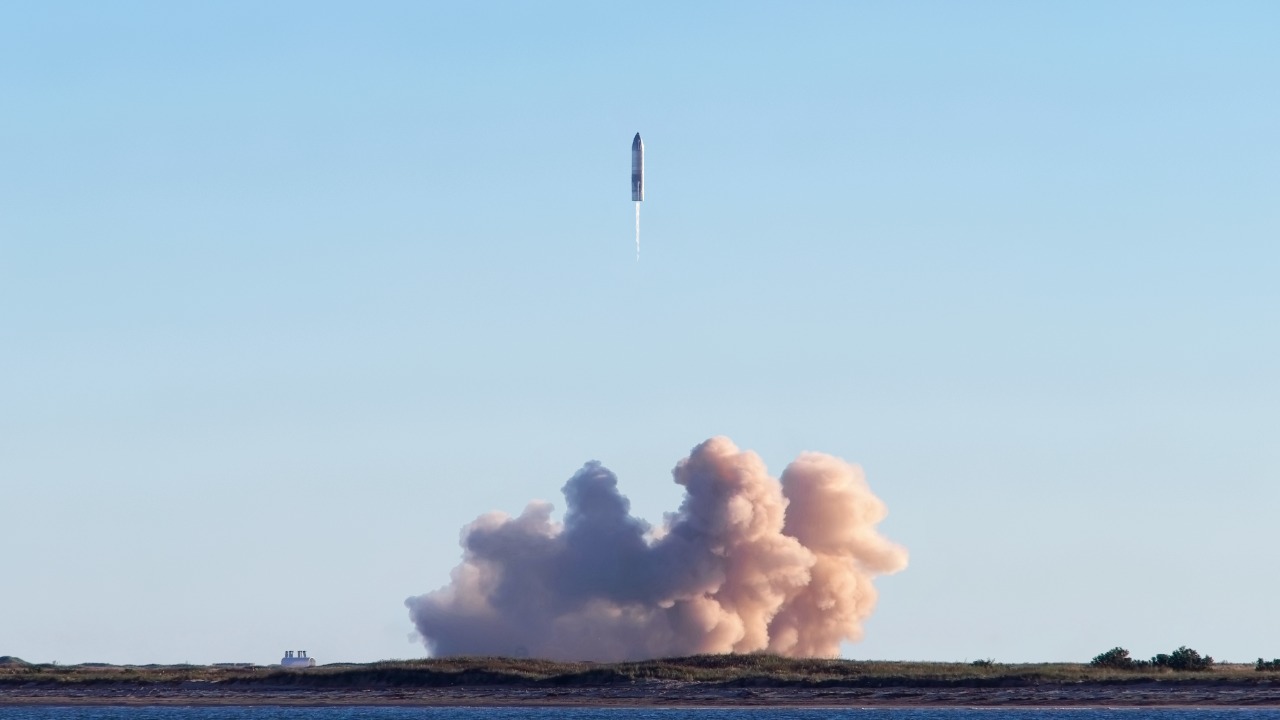
NASA’s Artemis program is not just about landing astronauts on the Moon; it’s about establishing a sustainable lunar exploration model with the help of international and commercial partners. The Artemis III mission, scheduled for 2026, is the centerpiece of this program, aiming to land the first woman and the next man on the lunar surface. The success of this mission heavily relies on SpaceX’s Starship, which was awarded the Human Landing System (HLS) contract in April 2021, valued at $2.89 billion, to develop the lunar lander. source.
Artemis sets the stage for a long-term lunar presence, including the Gateway space station in lunar orbit. This lunar outpost will serve as a waypoint for astronauts traveling to and from the lunar surface, facilitating sustainable lunar exploration and paving the way for future missions to Mars and beyond.
Starship: SpaceX’s Reusable Giant
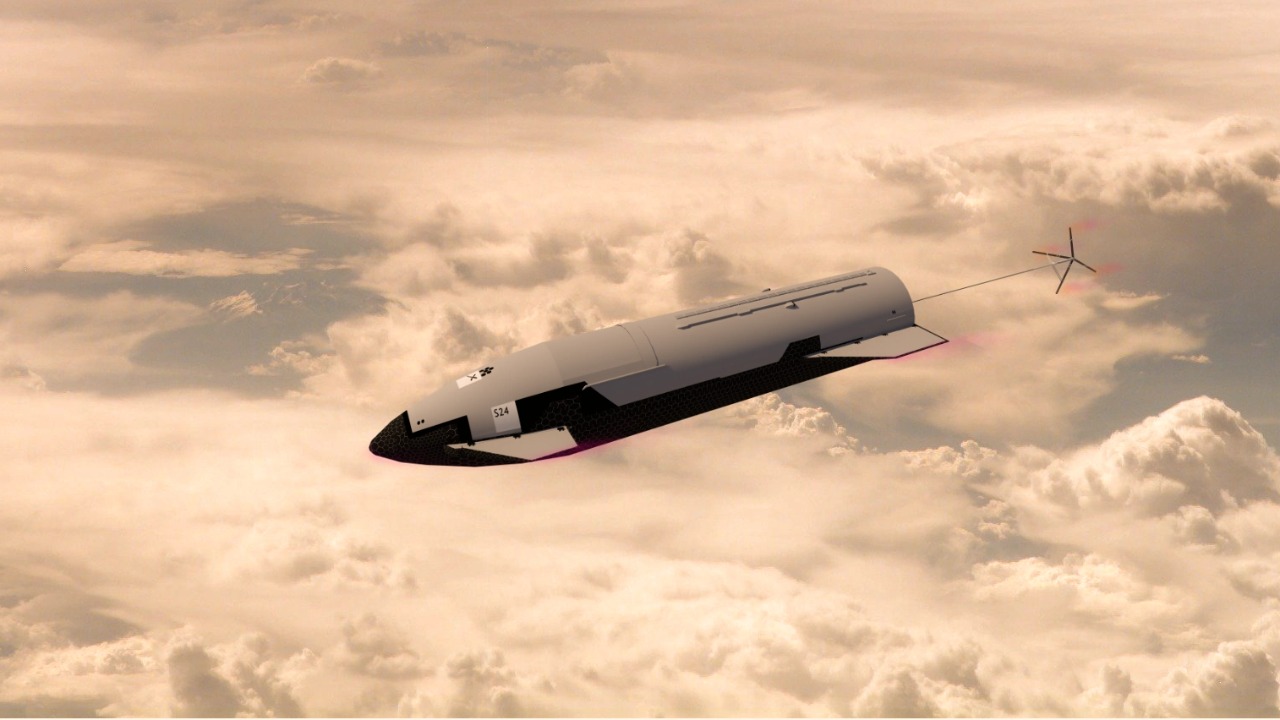
SpaceX’s Starship is a fully reusable spacecraft, standing at a height of 120 meters and boasting a payload capacity to low Earth orbit exceeding 100 tons. Powered by Raptor engines, Starship’s design is a testament to SpaceX’s commitment to reusability and cost-effectiveness. The spacecraft has already proven its capabilities in several successful test flights, including an integrated flight test in April 2023 that reached space. source.
Starship’s role extends beyond the Artemis program. Its design and capabilities make it suitable for a variety of missions, including those to Mars, underscoring its versatility and SpaceX’s broader ambitions for space exploration.
The Refueling Challenge: Why 40 Launches?
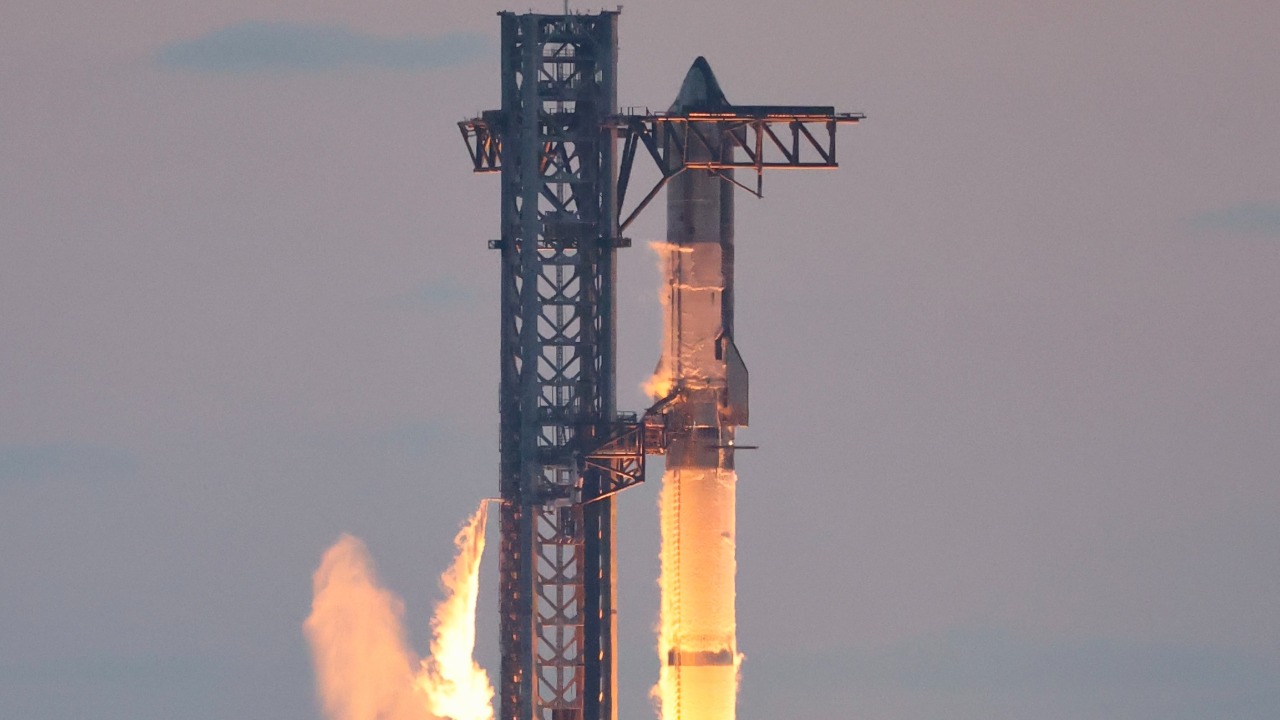
One of the major challenges for the Artemis mission is the need for in-orbit propellant transfer. Starship requires 1,200 tons of fuel for lunar missions, a demand that far exceeds a single launch capacity. To overcome this, SpaceX plans to use tanker variants of Starship, launching from Starbase in Texas. These tankers will dock with the lunar-bound Starship in low Earth orbit for multiple refueling operations. source.
Such a strategy, however, presents potential bottlenecks, particularly in terms of launch cadence. SpaceX is targeting over 100 flights per year from multiple sites, a goal that will require significant logistical coordination and operational efficiency.
Technical Hurdles Facing Starship
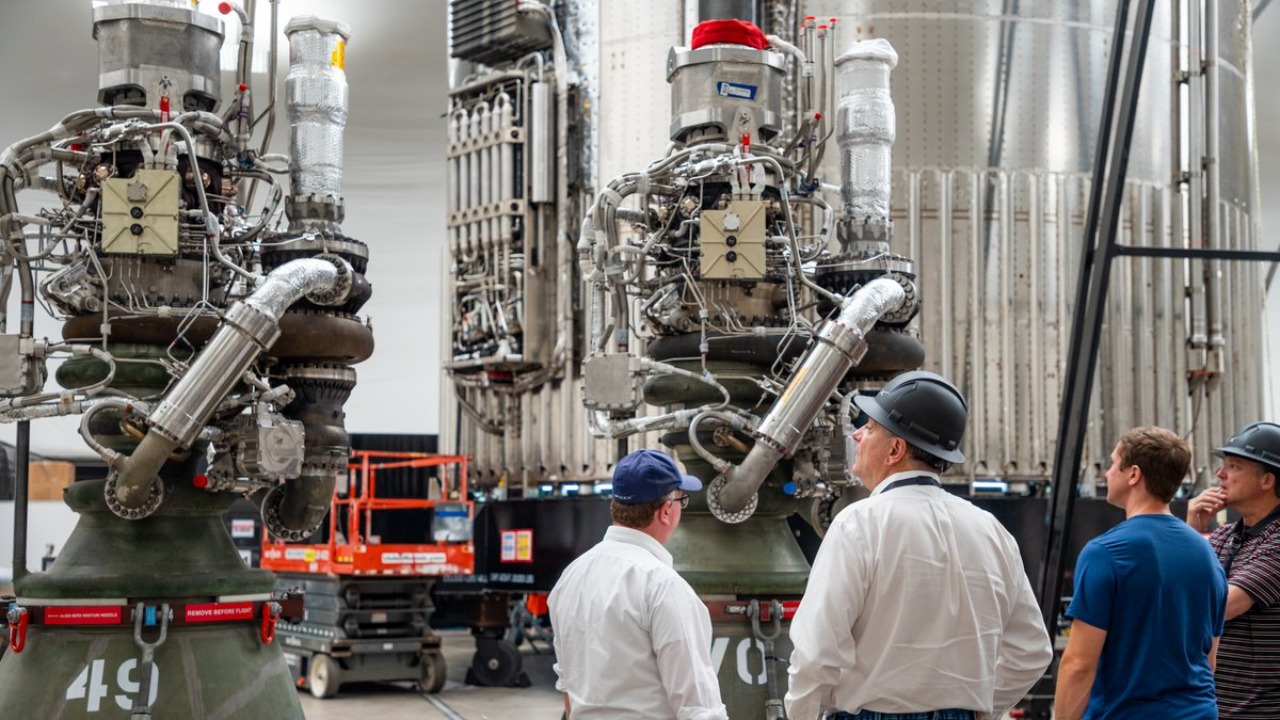
Despite its impressive design and capabilities, Starship has faced several technical hurdles. One of the key challenges has been improving the heat shield, which protects the spacecraft during reentry. Early tests revealed failures that have necessitated improvements, with over 18,000 tiles required for adequate protection. source.
Engine reliability has also been a concern. The Raptor 3 engine, with a thrust of 280 tons, has undergone several iterations to prevent the kind of explosions seen in 2023 tests. Additionally, managing cryogenic propellant during orbital refueling, a technology yet to be demonstrated at scale, remains a significant challenge.
China’s Competing Lunar Push
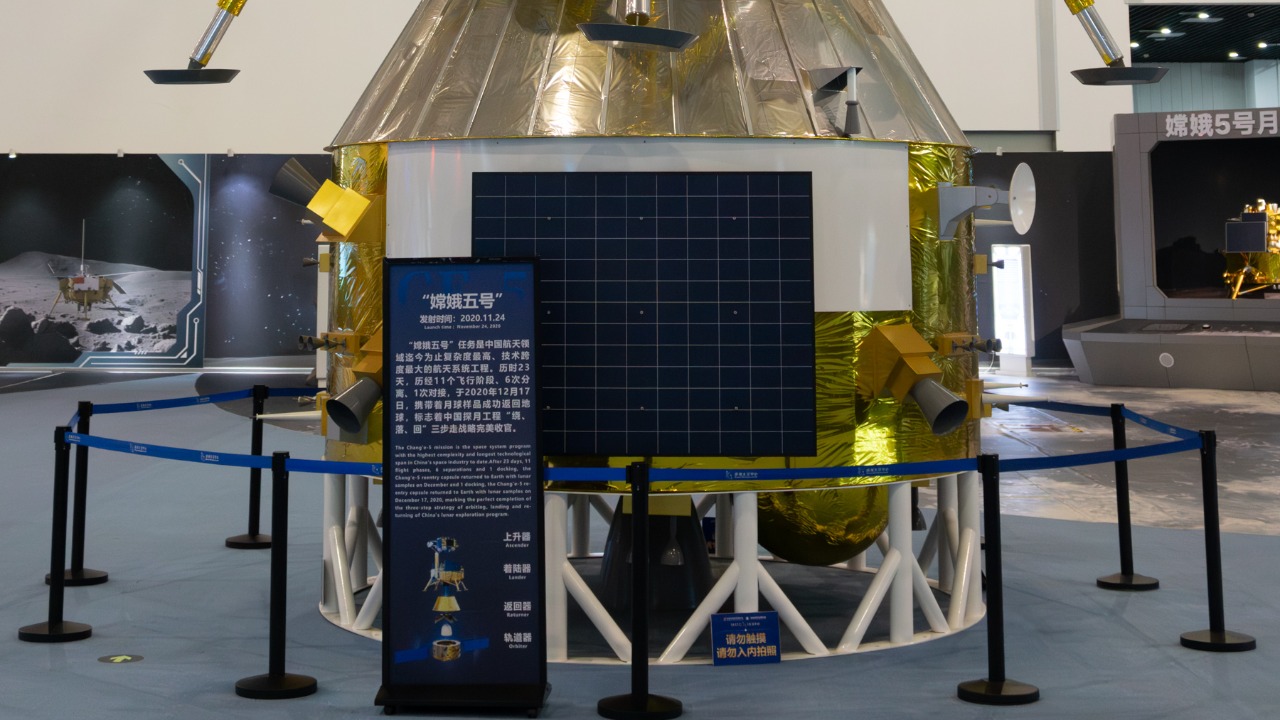
While NASA and SpaceX work towards their lunar ambitions, China is also making significant strides in its lunar exploration program. The Chang’e program, named after the Chinese moon goddess, has already achieved notable successes, including the Chang’e 6 sample return from the Moon’s far side in 2024. China plans a manned landing by 2030 using the Long March 10 rocket. source.
China’s International Lunar Research Station (ILRS), a partnership with Russia, is a direct competitor to NASA’s Artemis Accords. This has led to geopolitical tensions, with space exploration becoming another arena for international rivalry. However, China’s advantages in state funding and rapid development could potentially accelerate their timeline, posing a significant challenge to NASA’s lunar ambitions.
Risks and Contingencies for NASA
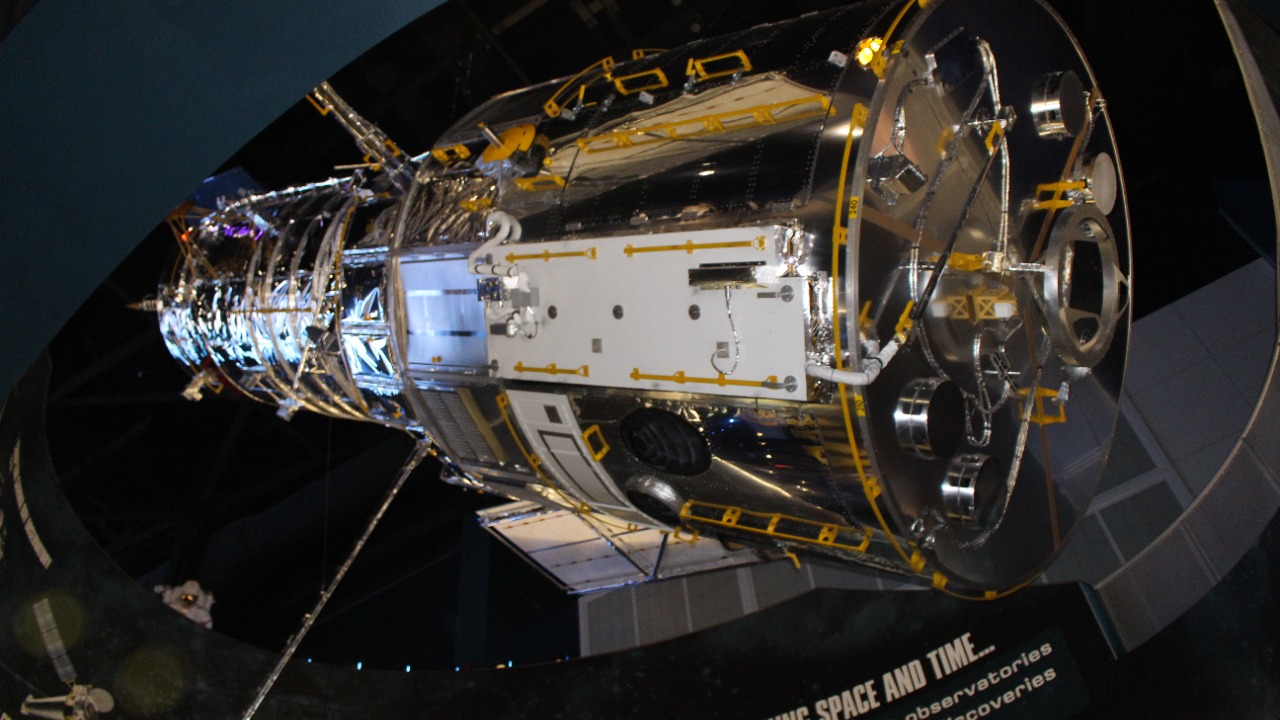
NASA’s Artemis program faces several risks and uncertainties. Regulatory approvals from the FAA, including environmental reviews at launch sites like Kennedy Space Center, could potentially cause delays. If Starship falters, NASA has backup options, such as Blue Origin’s Blue Moon lander, which is under a separate $3.4 billion contract. source.
Budget implications are also a concern. With Artemis costs projected to exceed $93 billion through 2025, the program faces congressional scrutiny. Balancing the ambitious goals of lunar exploration with budget constraints will be a critical challenge for NASA.
Global Implications of the Space Race

The success of the Artemis program and Starship could have far-reaching implications. By reducing the cost of space access, it could democratize space exploration, benefiting international partners and fostering global cooperation in space science and exploration. The strategic importance of lunar resources, such as water ice, for future missions to Mars and beyond, cannot be overstated. source.
However, the space race could also lead to rivalries. China’s 2030 goal for a manned lunar landing puts pressure on NASA’s timeline for a sustained lunar presence. Whether this competition will lead to collaboration or further rivalry remains to be seen.